In the Cultural History (or “ico”, short for iconography) stream at Waterloo Architecture, students delve into reading, writing, and thinking about the cultural forces that shape architecture. We page through dense philosophical tomes in the short days between studio deadlines, and brood upon the imagery of countless art films screened in class, cultivating ideas that make their way back into our design work. Finally, in our fourth year, we get to immerse ourselves in all of this while we live and study in Rome.
The following is an excerpt from Samuel Ganton’s Rome Manifesto, written in December 2013 for Eric Haldenby’s ARCH 448: Rome and the Campagna. The course assignment asks students to imagine the architecture of Rome through the eyes of a historical figure of their choice.
Samuel Ganton
Excerpt from Rome Manifesto
December 2014
Note to the reader
This piece was inspired by the field trip to the site of Cumae, where Daedalus is reputed to have landed at Apollo’s temple after his flight from Crete. There is an opening segment in verse, which is not, regrettably, iambic pentameter.
DAEDALUS – 1000 B.C.E.
The world seems simple, seen from the sky.
Imprisoned in the maze I imagined
lying close by the slain monster
I made wings, and learned to fly
I fashioned clothing for myself and my son
new feathered skins to cover us in the heat and wind of the empty sky
Leaving earth, we escaped into air
climbed quickly toward the fire of the sun
spiraling over the spreading sea
That magical sea
spread out deeply below us
rain stretched from cloud to cloud
peak to trough, space to seabed
we moved through a firmament dense with
myths and raindrops and seagulls
But we soared too soon
scaled the clouds too swiftly
dared the heights of the upper ether, unwise
Icarus fell
god help me, Icarus fell
and it was only after, searching for him among the islands
I felt the loneliness of the gods, and empty Olympus
hopeless now, I held my course, steering by the stars
left Crete in my wake, crossed Sicilia, avoided Ischia
the cliffs of Cumae rose to greet me
I landed like a lost god
gliding down with drenched wings
shivering under false feathers
and scuttled beneath the stones for shelter
Morning came, rain ended
I saw the bent horizon
and felt that I saw, or had seen, if only for a moment
the thin threads connecting temple and towering mountains, and infinite sky
the sight the god sees, and the world the gods know.
DAEDALUS – 2014 C.E.
I, Daedalus, speak to you who voyage through the sky in airships. You penetrate the heavens every day; you are familiar with their secrets. Your eye is the divine eye. You look at the earth, and you imagine what you cannot see; the very globe rises in your mind, and presents itself complete, with its nations and oceans, its rivers and continents. You map the world with your mind.
It has not always been so. There was a time when men could see no farther than the rays from their eyes could reach, when the horizon was an unbreakable barrier. In those days the world was close and intimate, and the Cosmos just as close. Neighbouring nations, however, were unimaginable and fearful. Hic sunt dracones.
I have lived through many times. First, I was a shaper and sculptor of objects more clever and intricate than all your electronic circuitry, and more beautiful and sinuous than your canvases or symphonies. After, I was banished from the living world by Zeus, who deemed that I had changed the world once too often. Doomed to wander through history, I am a tourist in time, a connoisseur of lives lived.
In between my two fates, however, I was the only man ever to see what the gods see, and understand the world as they do. Flying with my son over half the sea, earth was laid out for my eyes to read. The maps became real. In the centuries since, as nations rose and fell, and their wisdom grew or shrank or changed, I have often reflected on what this meant.
Though most in our time – in Knossos, Thebes, or Athens – could never get the godlike view which you see in the world now, we believed in gods who had that view. Our gods dwelt in the landscape, on the high hills or in the trees, and swam the seas, or looked down on all from the near realms of heaven. Their messengers flew as I did, coming from Olympus and returning again into the sky. We could imagine what they saw. Our minds could connect and construct links between the sanctuary and the farthest horizons – and so we built temples linked to the larger world by invisible lines, because we were imagining the gaze of the gods. Our cities could expand outward in harmonious patterns, mirroring heaven.
But this changed as time progressed, and the gods grew old and decayed. A new religion rose. In the Middle Ages, the Christian God was so infinite and far away when in his godlike form, and so frail and human in his man-form, that they lost the middle ground, the ability to see in maps, which we had. They could only imagine the diagram of the cosmos as a whole, or the intimate enfolding surroundings of home and hearth. This is why their cities are so tortuous and immediate, and their maps show Jerusalem adjacent to the Earthly Paradise, girdled by an ocean and bound by the fixed sphere of stars.
But then your age learned again the art of drawing maps. You brought your god closer, obliging him to abide by scientific rules. Later you took to the skies on your own power, crowding out his angels, and became gods yourselves. Perhaps this universal view, this common collective knowledge of the globe, has helped you. Perhaps it has given you a measure of prosperity and peace. But I look at your cities, and I see the tyranny of a mathematical rule, the repetition of the same city, the same place, and thus the same men, the same lives, across the world. And I wonder if you have truly learned so much.
I look back at the temple where I landed, its stones scattered over the headland at Cumae. The cella is gone; so is the image of Apollo. But the stylobate and the crumbling colonnade still point toward the mountain rising on Ischia: the view of the god still soars over the sea and reaches the horizon, connecting the temple with the profiled arc where earth embraces sky.
The temple remembers something you have forgotten. It carries the identity of that place inside its stonework; its form articulates a relationship between the finite place and the infinite world. The god is at home in that place even when his image is gone.
You, perhaps, have understood the earth from the viewpoint of the heavens. But we have seen and known heaven with our feet firmly planted on the surface of the earth.
The Archi-TEXTS series celebrates written student work at Waterloo Architecture. Ongoing submissions are welcome at submit@waterlooarchitecture.com



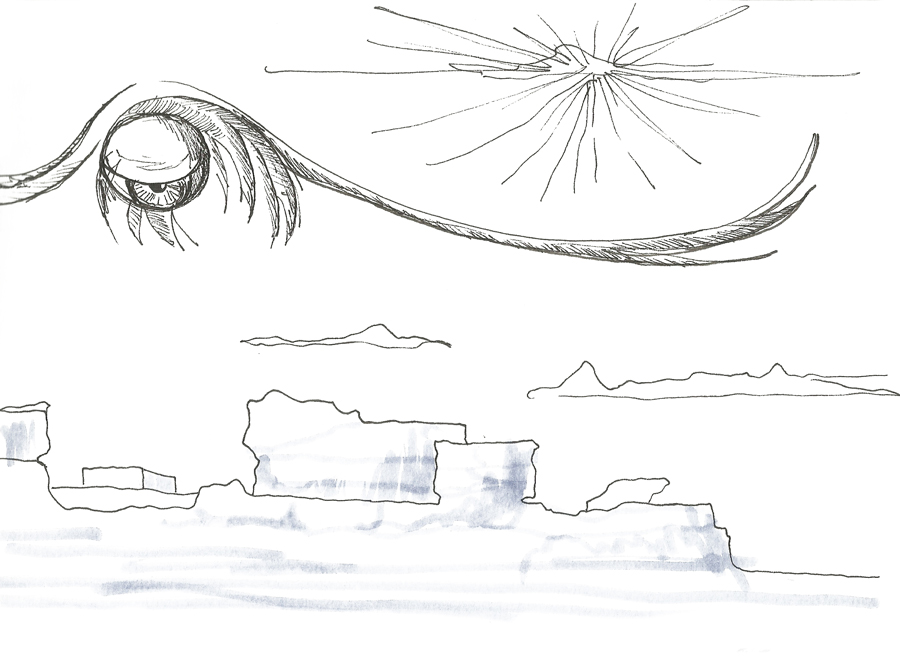
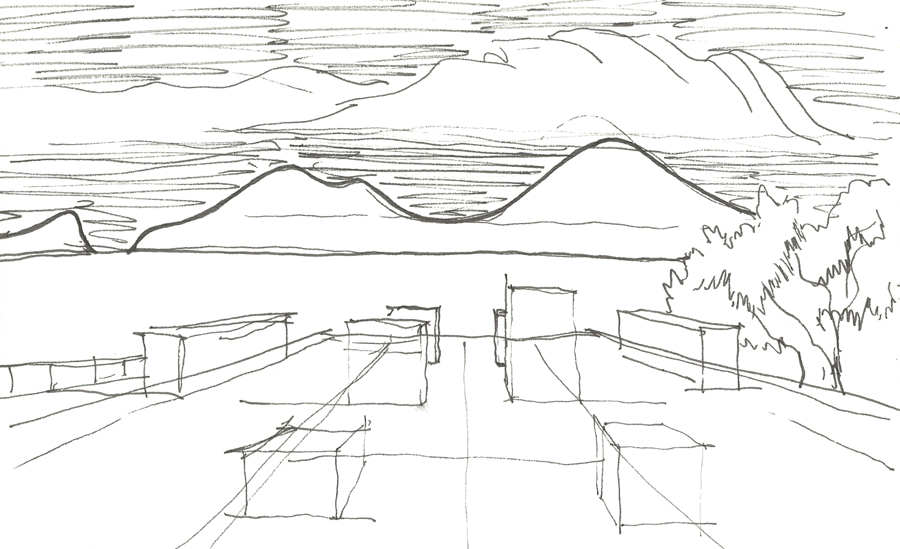
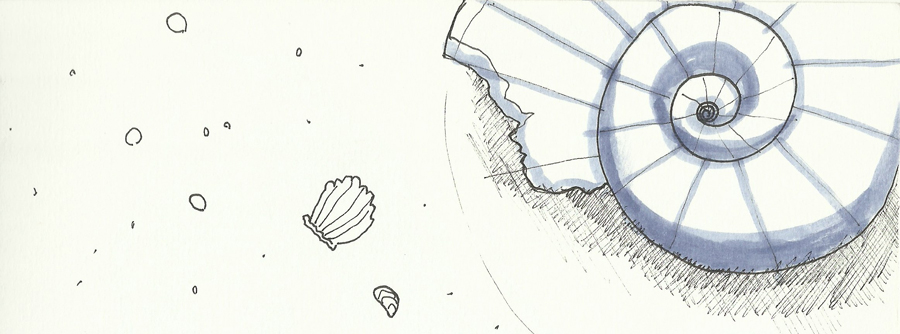
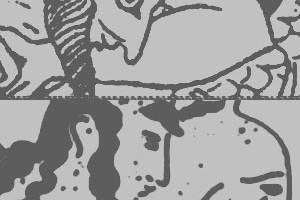
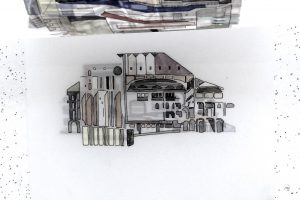

Leave a Reply